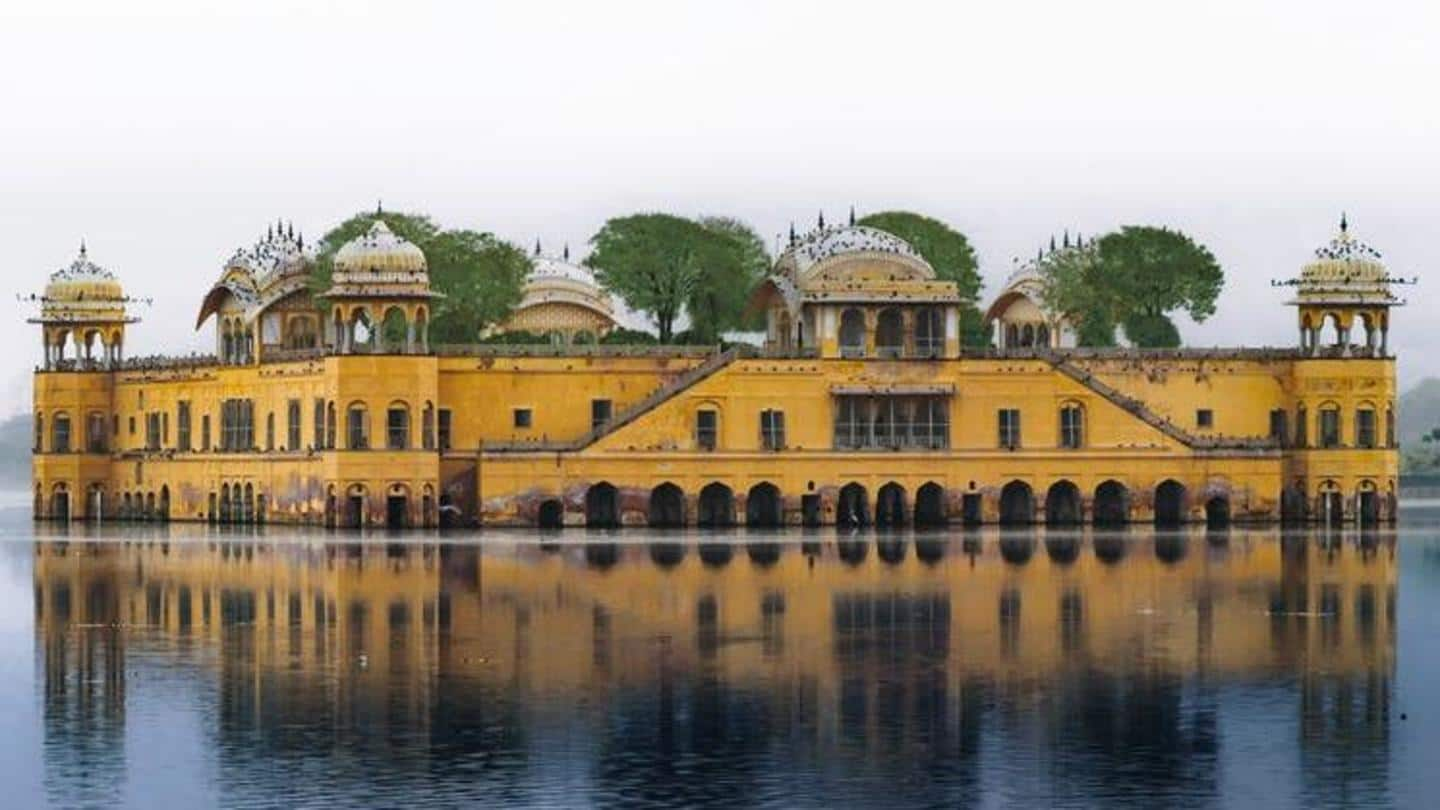
5 best tourist places to visit in Jaipur
What's the story
Built in the 18th century by Maharaja Sawai Jai Singh II, Jaipur is the largest city in the state of Rajasthan and serves as its capital as well.
Jaipur is called the Pink City of India because, in 1876, the city was painted pink by Maharaja Ram Singh to welcome Queen Victoria's husband, Prince Albert.
Here are five popular places to visit in Jaipur.
#1
Hawa Mahal
Also called the Palace of Winds, the Hawa Mahal was built in 1799 by Maharaja Sawai Pratap Singh as a vantage point for the women of the royal family.
Built using red and pink sandstone, the mahal reflects Rajput-style architecture with a honeycomb design.
The mahal has 953 windows featuring intricate latticework and the whole palace resembles the crown of Lord Krishna.
#2
Amber Fort
Known as the jewel of Jaipur, the construction of the Amber Fort was originally started by Raja Man Singh in 1592.
Reflecting Rajasthani architecture, the fort has been built using red sandstone and white marble and houses some mysterious underground tunnels.
The fort is divided into four separate sections.
In 2013, it was declared a UNESCO World Heritage Site.
#3
Albert Hall Museum
The Albert Hall Museum was established in 1887 to commemorate the visit of Prince Albert to Jaipur.
It was designed by the former director of Jaipur PWD, Samuel Swinton Jacob.
One of the oldest museums in Rajasthan, it houses several historical artifacts, including six Egyptian mummies, and several antique coins.
It also has a collection of 18th-century costumes, miniature paintings, and 19th-century clay figures.
#4
Nahargarh Fort
You cannot miss the 300-year-old Nahargarh Fort if you want to have a panoramic view of the entire city of Jaipur.
The fort was constructed by Maharaja Sawai Jai Singh II in 1734 to protect Jaipur against opponents.
It also served as a hunting retreat for the royal family.
Standing on the edge of Aravalli Hills, the fort features intricate ceilings and wall paintings.
#5
Jantar Mantar
Built on the order of Maharaja Sawai Jai Singh II in early 18th century, Jantar Mantar is basically an astronomical observatory and was built by the king to study space.
It is a UNESCO World Heritage Site and houses around 19 geometric devices.
The Samrat Yantra is the largest instrument here that was used to forecast time. It is also the world's largest sundial.